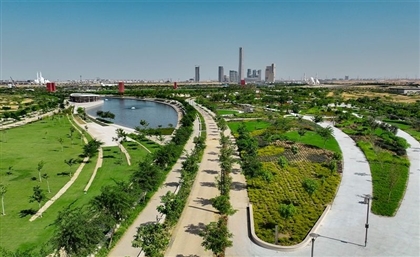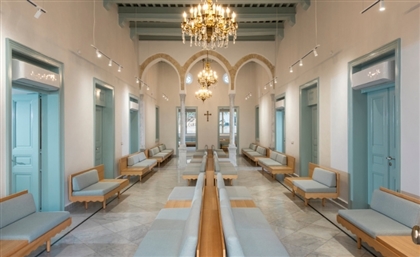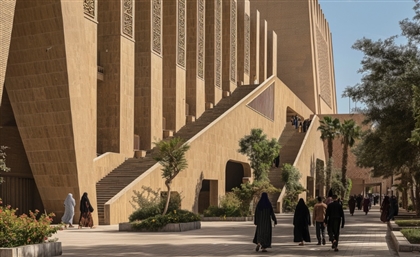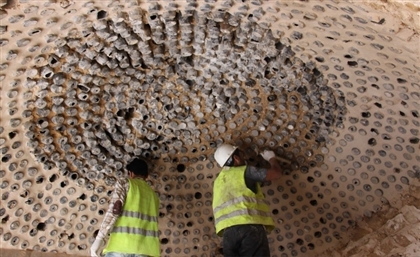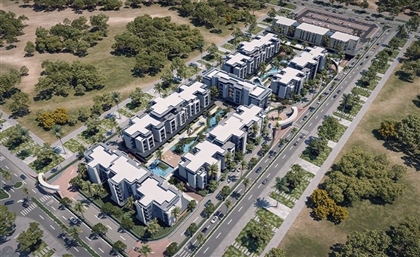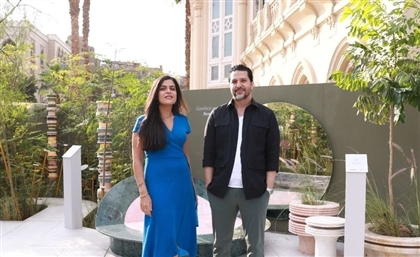Two Historic Domes in Cairo Revived With Climate-Sensitive Restoration
In the heart of Islamic Cairo, two restored domes reaffirm the city’s layered identity and highlight the need to address rising climate threats to heritage through thoughtful conservation.
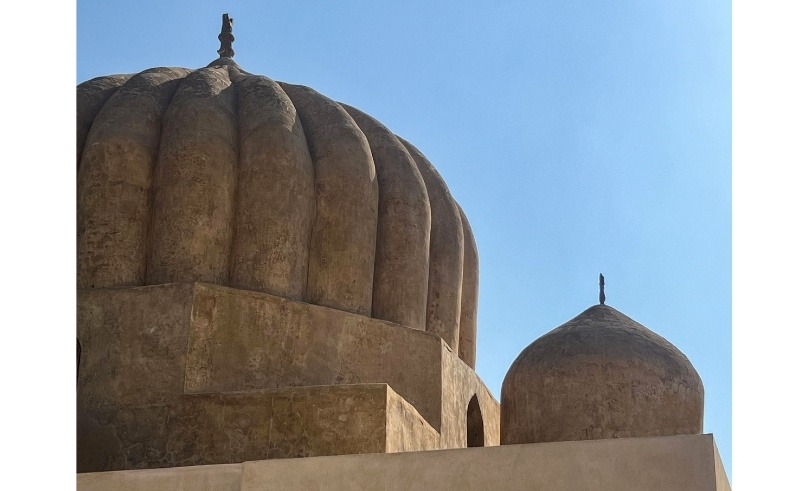
After years of decay, the centuries-old domes of Yahya al-Shabih and Safiyy al-Din Jawhar have been revived through a climate-sensitive restoration led by the Ministry of Tourism and Antiquities, in partnership with the British Council’s Cultural Protection Fund and implemented by Megawra, as part of the ERTH: Athar Lina Heritage and Climate Project.
-3a730b32-544f-4155-8ba1-9eb819a4f5cf.jpg)
Both domes had suffered from typical but increasingly urgent structural issues - underground water, salt damp, inundation, sinkholes, and the degrading effects of extreme heat. The restoration prioritised minimal intervention, employing traditional materials and homegrown techniques that preserved the buildings’ architectural integrity across centuries of additions and adaptations.
-8d429a53-1188-4888-b091-6f521befe57e.jpg)
The Yahya al-Shabih Dome, built between AH 549 and AH 555 and recognised as the largest Fatimid dome in Cairo, shelters the shrine of a descendant of Al-Husayn who earned his nickname - 'the Lookalike' - for his close resemblance to the Prophet Muhammed (PBUH). Nearby, the Mamluk-era dome of Safiyy al-Din Jawhar (AH 714), built for a commander and former chief inspector of the Prophet’s Mosque in Madinah, reflects a distinct architectural lineage.
-c7769cc4-f0d2-428f-bade-16ce870f6146.jpg)
Climate-adaptive strategies were central to the project. At the Yahya al-Shabih Dome, the restoration included structural masonry repairs, groundwater drainage, roof restoration, and the conservation of historic cenotaphs. Similar efforts were undertaken at the Safiyy al-Din Jawhar Dome, with a stronger emphasis on water management, as the site had been flooded for over 20 years and had become a health hazard. To address this, the team installed a perforated underground pipe system to stabilise water levels and prevent future flooding. A dewatering system now extracts 500 litres of water per day - clean enough to meet FAO standards - which is repurposed for urban farming, municipal cleaning and firefighting. Similar greening efforts have been introduced in the graveyard courtyards surrounding the Al-Shabih Dome.
-5f334ef5-21b7-41a0-a036-67ada35e37e6.jpg)
Thermal and humidity insulation was also incorporated after visible damage to wall surfaces and coloured wood elements. Across both sites, the goal extended beyond repairing the two domes to modelling low-impact methods of protecting heritage architecture from accelerating climate stresses.
-c44ea2f1-55fd-4056-8fd0-9f69cf280bb8.jpg)
“I love Cairo - and even more so, Islamic Cairo - because it feels like the city’s beating heart. Sites like these embody that spirit, which is why the Cultural Protection Fund is proud to support these projects," explained Gareth Bayley, the British Ambassador to Egypt. "It’s not just about preserving buildings; it’s about preserving the local community as well.”
Workshops, training programs, and educational materials accompanied the hands-on restoration. Students, architects, and local community members engaged in on-site learning about climate-linked damage and traditional repair techniques. For the broader community - especially children - heritage awareness and urban planting activities fostered a stronger connection to place.
Innovative signage, QR codes and guided tours link the sites to establish tourism itineraries to strengthen tourist access to the restored sites.
“The goal is to preserve heritage, benefit from it, and do so without causing harm,” added Sherif Attia, the Minister of Tourism and Antiquities.
Looking ahead, the project will expand its cultural impact through a locally produced product line inspired by the restored domes, carrying the design language and material textures of Cairo’s heritage into the fabric of daily life.
- Previous Article Concrete Statements: Brutalist Beauties in the Arab World
- Next Article Beyond the Natural Stone of the Grand Egyptian Museum




